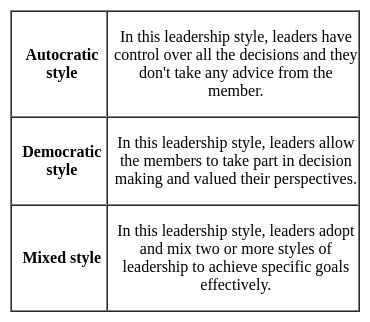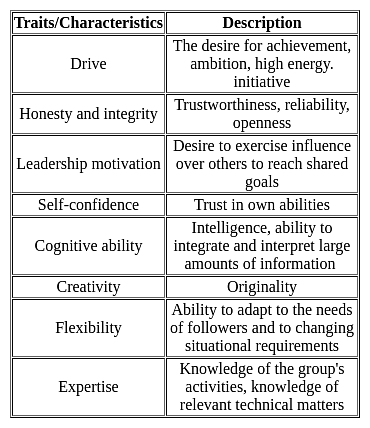Test: Education & Leadership (School Leadership) - Software Development MCQ
20 Questions MCQ Test - Test: Education & Leadership (School Leadership)
A successful team leader expects his team members to be ________ listeners.
How teacher as a leader encourages her students to remain intrinsically motivated for learning?
Leader as a _______ quickly recognizes his team members’ strengths, weaknesses and motivations to help each individual to improve.
Which of the following is a transformational act of leadership?
I. Ability to Demotivate
II. The ability to strengthen one's selfishness
Which of the following kind of goal-setting will intrinsically motivate students for learning?
Each school strives hard to train its students in the art of leadership so that
The good leadership traits adopted by a classroom teacher is a
The leadership can be executed only by a person who exhibits
To get training in leadership, one should possess the quality of
Which of the following qualities acts as obstacle in promoting the democratic style of leadership?
Which of the following is the instruction of leadership?
I. Adoption of the model led to the participation of teachers in management decisions.
II. The head teacher was popularly viewed as the source of educational expertise.
Terman has mentioned the qualities of a leader as
Leadership can be denoted by the following




















